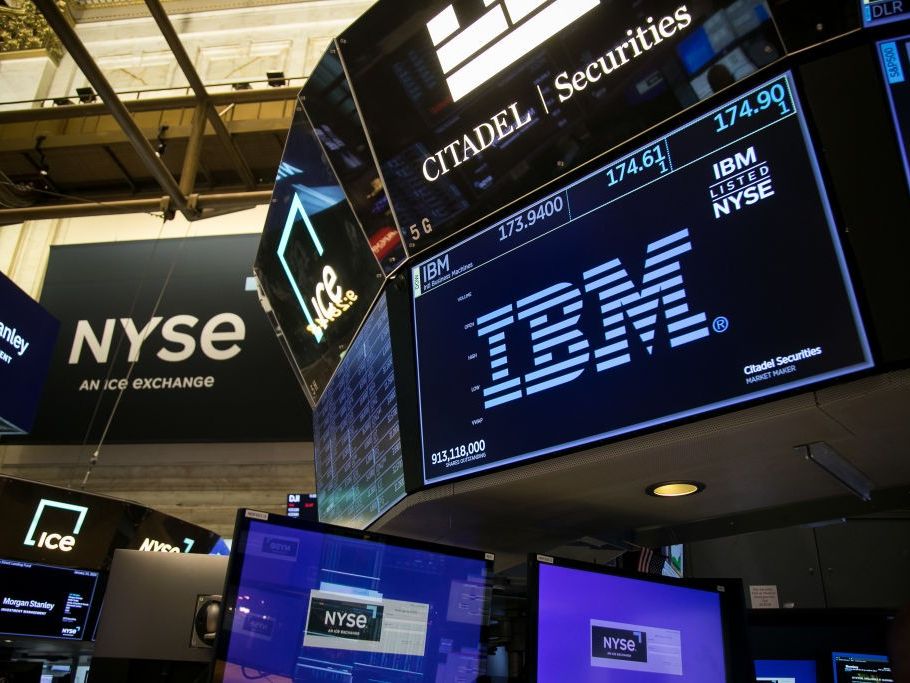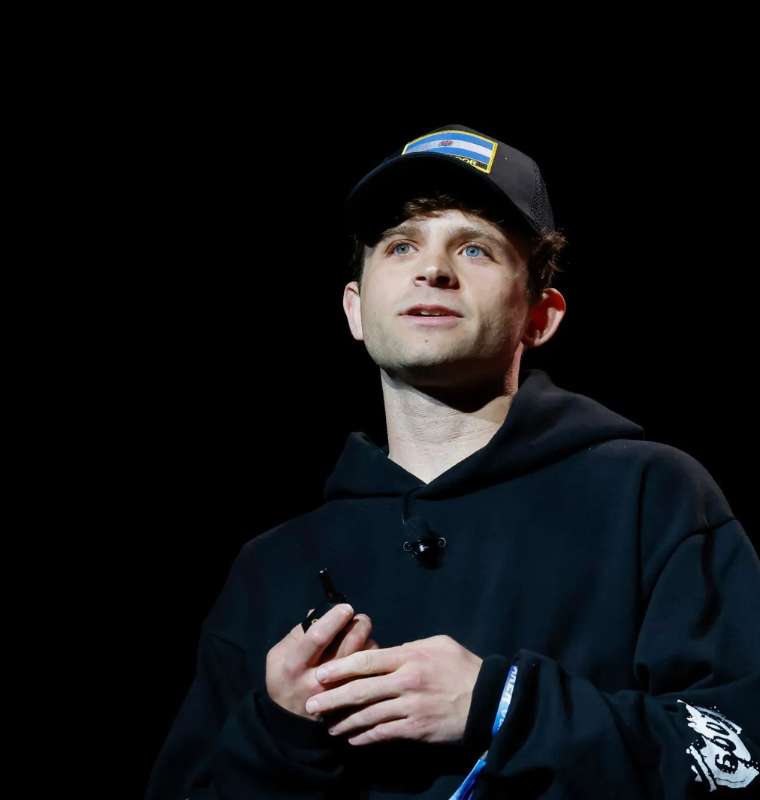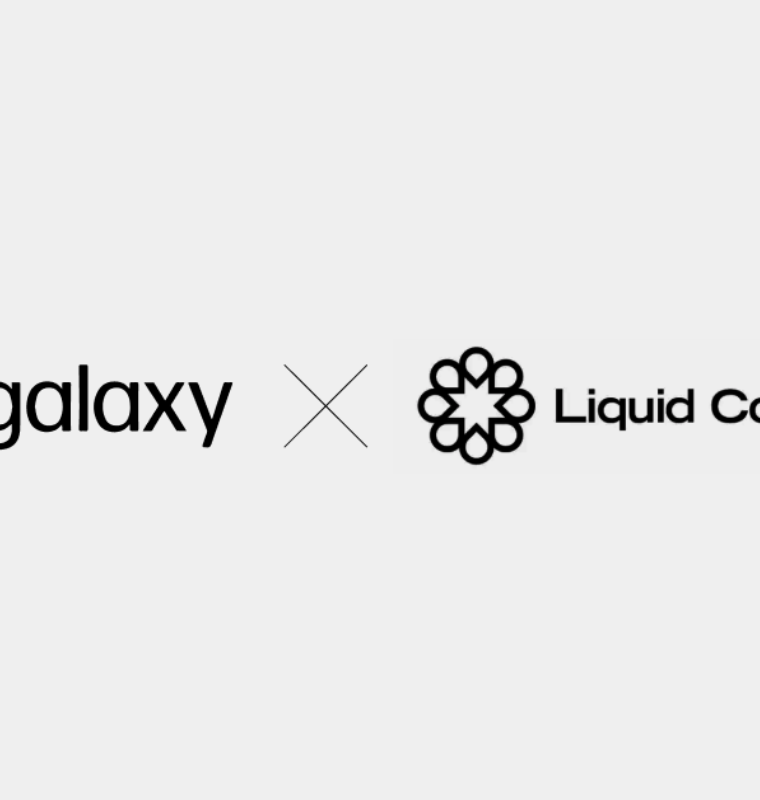IBM Shares Slip Despite Strong Earnings; Software Revenue Slightly Misses Expectations
IBM Shares Slip Despite Strong Earnings; Software Revenue Slightly Misses Expectations
By
Junia Wells
Last updated:
July 24, 2025
First Published:
August 6, 2025

Photo: Kiplinger
IBM’s second-quarter report delivered mixed signals to investors. While the tech giant beat Wall Street’s overall earnings and revenue forecasts and raised its full-year free cash flow guidance, its software revenue and gross margin narrowly fell short of analyst expectations, prompting a 6% drop in after-hours trading.
Financial Performance Overview
IBM posted adjusted earnings per share of $2.80, exceeding the consensus estimate of $2.64, alongside total revenue of $16.98 billion, up nearly 8% year-over-year and slightly ahead of the $16.59 billion forecast. This marked a notable improvement over Q1, which saw revenue growth below 1%.
Net income increased to $2.19 billion (or $2.31 per share), compared to $1.83 billion ($1.96 per share) in the same quarter last year, despite acquisition-related expenses.
Software Segment Under Pressure
The company’s software revenue climbed about 10% to $7.39 billion, yet fell just short of the $7.43 billion StreetAccount consensus. The segment’s gross margin stood at 83.9%, slightly under the expected 84.0%.
CEO Arvind Krishna attributed the software performance gap to a client shift in spending priorities:
“Clients reprioritized their spend to the hardware,” he noted on the earnings call.
Meanwhile, hybrid cloud revenue, which includes Red Hat, delivered robust 16% growth, underscoring IBM’s ongoing strategic emphasis in this area.
Consulting and Infrastructure Segments Show Growth
IBM’s consulting revenue increased by nearly 3% to $5.31 billion, surpassing estimates of $5.16 billion, despite challenges from delayed discretionary projects and timing of contract renewals, as highlighted by CFO Jim Kavanaugh.
Infrastructure revenue rose 14% to $4.14 billion, comfortably beating the $3.75 billion consensus, supported by demand for next-generation hardware solutions.
Innovation and Strategic Moves
The quarter saw the launch of IBM’s next-generation z17 mainframe, showcasing the company’s continued focus on advanced enterprise computing.
Additionally, IBM acquired Hakkoda, a consulting firm specializing in data and artificial intelligence, bolstering its AI capabilities.
Krishna reported the company’s generative AI business book has grown from $6 billion in April to $7.5 billion currently, reflecting accelerating demand for AI-powered solutions.
Outlook and Market Position
IBM reaffirmed its 2025 free cash flow guidance of over $13.5 billion and anticipates at least 5% revenue growth at constant currency for the full year.
Krishna expressed optimism about M&A prospects in the current regulatory environment, saying:
“What we’ve seen over the last four months makes us optimistic that we are now in a rational regulation environment where M&A that makes sense will get approved in reasonable timeframes.”
Stock Performance
Despite the software revenue miss, IBM shares have gained 28% so far in 2025, significantly outperforming the 8% rise in the S&P 500 index over the same period. The after-hours dip reflects investor sensitivity to the narrow shortfall in software, a critical segment for IBM’s long-term strategy.
IBM’s results highlight the company’s steady progress amid shifting client spending patterns and a competitive technology landscape, while signaling areas for continued focus, especially in software and AI innovation.
Popular articles
Subscribe to unlock premium content
Disney’s Timeless Magic and How the Entertainment Giant Continues to Shape Culture and Innovation

Imran Khan’s Economic Missteps Amid Political Chaos in Pakistan

The Philippines’ Digital Shift How Remittances and BPO Are Fueling Growth

Disney’s Timeless Magic and How the Entertainment Giant Continues to Shape Culture and Innovation

Imran Khan’s Economic Missteps Amid Political Chaos in Pakistan

Disney’s Timeless Magic and How the Entertainment Giant Continues to Shape Culture and Innovation









